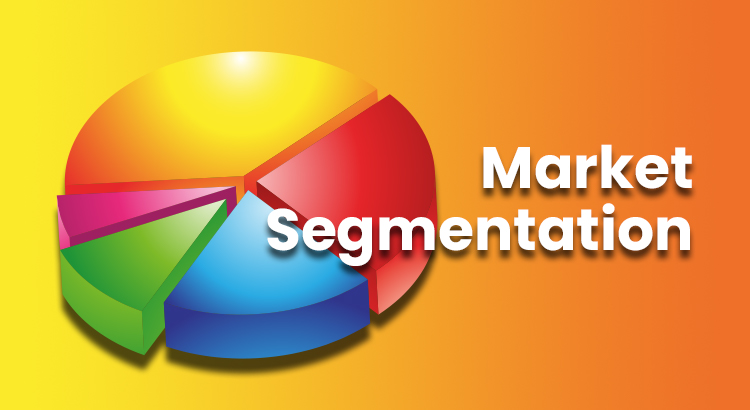Market segmentation ensures that marketing efforts resonate with the right people at the right time, maximizing impact and returns. This approach enables businesses to tailor their strategies, messaging, and products to specific segments.
What Is Market Segmentation?
Market segmentation involves dividing a broader target market into distinct groups, or segments, based on shared characteristics, needs, or behaviors.
This is because not everyone in the target audience is the same. People have different likes and dislikes, so businesses need to treat them differently to make sure they’re happy.
Market Segmentation Advantages
Take a look at the benefits of market segmentation.
1. Improves Campaign Performance
Market segmentation improves campaign performance by targeting the right audience with tailored messaging, leading to higher conversion rates and cost-effective advertising.
2. Informs Product Development
Segmentation informs product development by identifying specific customer needs, enabling businesses to create products that cater to different segments effectively.
3. Reveals Areas to Expand
It reveals areas for business expansion by identifying untapped market segments and new opportunities based on customer data analysis.
4. Improves Business Focus
Market segmentation improves business focus by enabling companies to establish a distinct brand identity and specialize in specific products or services.
5. Informs Other Business Decisions
It informs other business decisions such as pricing and distribution strategies by analyzing customer segments and their purchasing behaviors and preferences.
Types of Market Segmentation
1. Geographic segmentation
Geographic segmentation divides customers based on where they live, their language, and whether they reside in urban or rural areas, helping businesses tailor their marketing strategies to specific locations.
2. Demographic segmentation
Demographic segmentation categorizes customers by age, gender, income, education, religion, or family size, providing insights into their preferences and purchasing behaviors.
3. Psychographic segmentation
Psychographic segmentation delves into customers’ lifestyles, interests, opinions, and influencers, allowing businesses to understand their motivations and tailor marketing messages accordingly.
4. Behavioral segmentation
Behavioral segmentation analyzes customers’ buying journey, brand loyalty, price sensitivity, purchasing style, and usage rate, enabling businesses to target them with relevant offers and promotions.
5. Media preference segmentation
Media preference segmentation considers customers’ engagement with various media channels such as social media, TV networks, newspapers, search engines, and others, helping businesses choose the most effective platforms for advertising.
6. Benefit segmentation
Benefit segmentation examines customers’ desires, pain points, and needs to determine what they hope to gain from a product or service, allowing businesses to position their offerings to meet specific customer needs effectively.
Market Segmentation Strategy
1. Identify Major Segments
Conduct broad market research to understand the characteristics, desires, and needs of your target market, facilitating the segmentation process and guiding strategic decisions.
2. Organize Audience into Segments
Define segments based on various demographic, psychographic, and behavioral characteristics observed within your market, enabling effective categorization of customers for tailored marketing efforts.
3. Research and Choose a Segment
Conduct in-depth research on each segment to determine the most viable target for your marketing campaign, ensuring alignment with business objectives and maximizing campaign effectiveness.
4. Create Offers, Craft Messaging, and Choose Venues
Develop customized offers, craft compelling messaging, and select appropriate marketing channels based on research insights, optimizing engagement and resonance with the chosen target segment.
How is Segmentation Helpful for Marketing?
Segmentation in marketing can be helpful in many ways. These are explained below.
What Is Segmentation in Marketing?
Segmentation in marketing involves identifying subgroups within the target audience to deliver more personalized messaging and forge stronger connections.
These subgroups can be delineated based on demographics, behaviors, or psychographics, enabling businesses to tailor their strategies to specific audience segments.
Advantages of Segmentation in Marketing
Segmentation enhances the effectiveness and relevance of marketing efforts by:
- Tailoring messaging to specific audience segments
- Improving engagement and conversion rates
- Informing product development and innovation
- Identifying new market opportunities for expansion
- Establishing a distinct brand identity and focus
- Informing key business decisions such as pricing and distribution strategies.
Closing Thoughts on Market Segmentation
Market segmentation serves as a fundamental tool for modern marketers, enabling them to navigate the complexities of diverse target audiences effectively. By understanding and catering to the unique characteristics and preferences of specific segments, businesses can optimize their strategies and enhance customer relationships.


